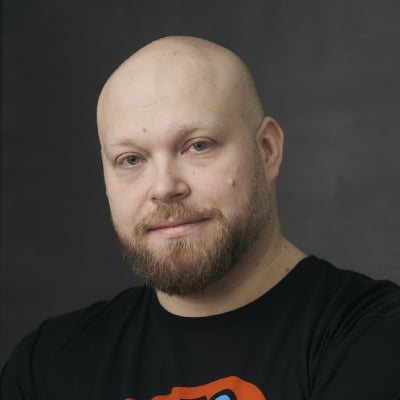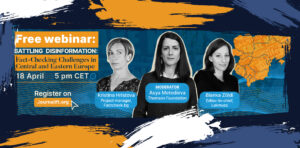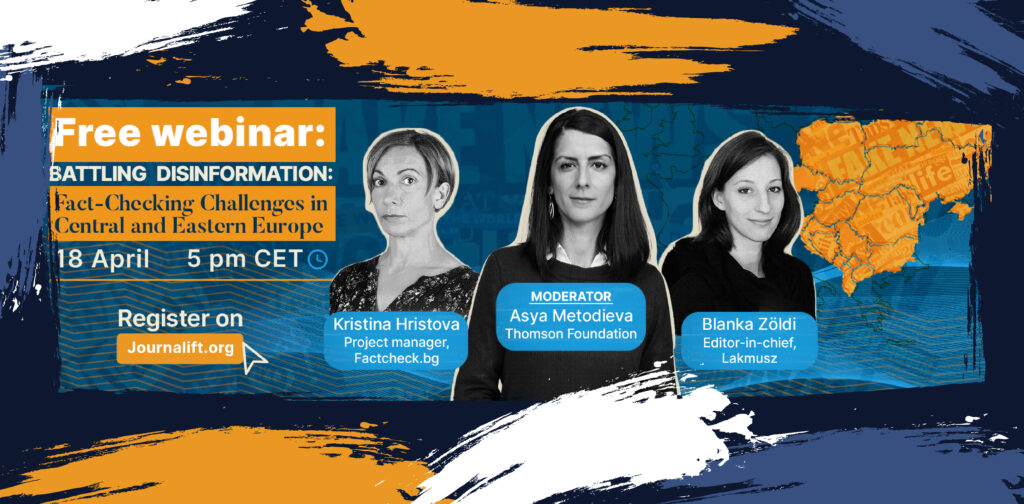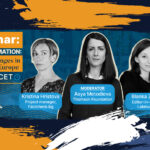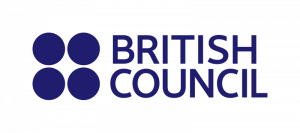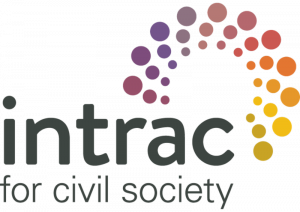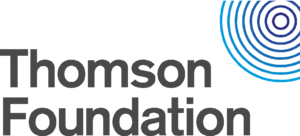Watching the media business from the sidelines, albeit often involved in the role of advisor or collaborator on some media projects, I noticed that there are two basic business models that almost all media in our region follow.
On the one hand, there are the media that are exclusively oriented toward the commercial interests of their founders and pursue profit at all costs – usually sacrificing the quality and integrity of reporting. In contrast, there are the media that strive to do their job professionally and in accordance with the best standards of the profession, relying on funding from donors and projects.
The first model inevitably leads to low quality reporting, degradation of the profession and content that panders to the lowest instincts of the audience. When it comes to the second model, while providing quality, it does not address a fundamental issue – the sustainability of such business in the long run.
Are things exclusively black or white?
If we try to present these models on a graph, they will be drawn on two opposite ends of the same axis. However, I believe that things are not so one-dimensional and that it is possible to find and develop a sustainable business model. In order to achieve that, the media business should be viewed as a “regular” business. This very perception significantly changes the perspective and the tools we will use on the road towards our goal.
Does this mean one should give up all those good and righteous goals which motivated you to pursue journalism?
Of course not, but one should be aware of the actual market circumstances, and the fact that the road will be challenging. In addition, someone in the team will have to develop business-related knowledge and skills as that is the only way to gradually create conditions where the team will not depend on anything except on their work.

How does an entrepreneur think?
When you develop a business from scratch, you know that investments are necessary but not sufficient for success. A good understanding of the market and clients’ needs, as well as a clear plan, are also needed. Profit is a consequence of the development and implementation of the plan. This, however, requires time and dedicated work.
The path to profit is two-fold:
- thorough an increase of income, or
- through control and cost reduction.
In addition, if it is not possible to achieve the desired goals with a single source of income, it is possible to create opportunities and capacities for various secondary sources of income that, when combined, will be enough to provide business with the opportunity not to be entirely dependent on a single option if one source fails.
Albert Einstein once said: “Everything should be made as simple as possible, but no simpler.” So, let’s first ensure we make things possible, and then we can deal with further steps.
Ideas and topics worth thinking about lurk around every corner
Projects often offer you the opportunity to gain knowledge, procure equipment, hire people and, in short, build capacity. And that is great. However, it often happens that the utilisation of these capacities is rather limited and that once the short-term effects pass, they fail to result in any value in the long run. Planning, which is necessary for long-term results, is something that one needs to build and create internally – when there is a plan in place, there is a chance to achieve great results through a number of small steps.
Jeff Bezos, the founder of Amazon and the richest person in the world, managed to develop his business in a manner that over time the biggest sources of expenses became the biggest sources of profit. This is not always possible in every single case, but it is food for thought and often an overlooked opportunity.
Let’s be clear, each market has its own specificities, and what works in the most developed ones will probably not work here without adaptations. However, it can offer ideas and topics worth considering. By the same token, inspiration may come from non-related industries, such as music or film, video gaming, e-commerce, and start-ups.
For instance, one of the concepts that can be considered from start-up ecosystems is MVP (minimum viable product), that is, testing ideas by producing the simplest possible version of the product you want to test. Such a solution does not aim to be perfect but rather to have the key features of the final product and be functional while investing minimal time and resources in the process. If the basic hypotheses are confirmed, it makes sense to invest further and develop the final product.
If you want to make a podcast, buy lapel mics, improvise a studio, and record a few episodes. If you see that you are able to do it and that it makes sense, invest in making it better. Also, if you want to develop a new section on the site, make the test solution as simple as possible, start publishing the content, and then follow your audiences’ reactions and guide your further actions accordingly.
Let me also say that the beginning of the story is always about the assumptions we have. It’s great if our assumptions are good, but it’s almost always better to ask than to guess. There are many simple ways to present your idea to your target audience and receive feedback from them – simply ask them if they want it and if they would be willing to pay for it (if that is the goal).

Goals and roads less traveled
“Good doesn’t always drive out evil. Evil doesn’t drive out good. But the energetic displaces the passive,”
said William Bill Bernbach, one of the fathers of modern marketing
Everything WIlliam Bill Bernbach said in the 50s and 60s of the twentieth century is still valid today.
If the previous year has taught us anything, it is that there is no security and certainty and that we must be agile and ready to adapt to the circumstances. Those who did that – got a chance to survive. Those who didn’t, sooner or later, went out of business.
Many companies have carried out internal reorganisation. Some have made the surplus of resources available to the companies they cooperate with. Retailers who made a living from operating physical stores quickly switched to online sale and delivery, thus seizing an opportunity to survive. Restaurants that have reorganised their operations and switched to delivery also leapt at the chance. Hotels offered their rooms as offices to people who could not work efficiently from home, and many people who performed jobs that temporarily disappeared found a solution in doing jobs for which demand increased drastically, such as delivery jobs.
The period behind showed us that a lot of what we thought could not be done without physical contact, in fact, can – if it is important enough, and there are no other possibilities.

How to begin the transformation in the first place?
As always, it all starts with changing the way you think because the same way of thinking brings the same results. When it happens, it is essential that decision-makers take such change into account. By all means, their contribution is crucial, but keep in mind that good ideas can come from any team member, sometimes even from external associates.
List the resources you have at your disposal and then the available options in the coming period. Perform the analysis of the space that exists in the market and minimum requirements to test your idea.
Try to focus on complementary ideas, but also think about how to make further use of existing resources in the right way. Since we all think best when we are encouraged with examples, I will try to share some concrete ideas from which you can start.
If you have photo equipment and a photographer in the team...
You can market photos and videos you produce through stock sites – web places where anyone who is interested in such content can buy them, as an additional passive income.
You can also photograph events and products for clients who need such services (and with the expansion of e-commerce and social networks, everyone needs them).
If you have equipment that allows you to record videos (even if you do not have professional cameras, you still have mobile phones), you can also consider the possibility of creating video content for websites, social networks or YouTube. You can do this for your own needs in order to monetise such content over time, but you can also offer it as a service or as a business partner to potential clients (for example, you can offer the production of YouTube shows or podcasts).
If you do not own this type of equipment or the knowledge to use it correctly, you can probably procure it through some of the projects in the coming period.
If you have recognised the potential of social networks...
If you understand the importance of social networks and actively use them in your work, you may wish to allocate part of the time of those who manage them to work with potential clients.
Just think about whether all potential advertisers are making the best use of the opportunities provided by social networks. Maybe you can help them with other things, such as website content, advertising, search engine optimisation or Google Maps positioning? Could they improve their business through their presence on KupujemProdajem in case they had no one to manage their virtual storefront?
After these, you will probably have many additional questions to consider. I encourage you to try to answer them and come up with the best solution for you.
If you think that the content you are currently producing has no potential in terms of commercialisation...
If you believe that the content you are currently producing cannot be commercialised in an acceptable way, do consider whether there is room to cover some additional areas with more potential, such as content for business audiences, tourism, catering, etc.
On the other hand, you may be able to develop a section on your website that could be interesting to the public, such as ad listing, business directories, job ads or an online store that sells products with part of the profits going towards business development budget.

Are there any other ways to engage your audience?
Could it be in the form of donations? Or subscription? Can you offer exclusive access to some additional content? For example, your audience may be entitled to access a video a day ahead of others, or they could participate and ask questions in the live programme. For those who wish to subscribe, you can provide them some discounts or benefits in cooperation with your clients.
While it may seem to you that these things are not your primary focus and something you want to pursue, try to view this as an opportunity to run a self-sustainable business, because enthusiasm alone is not enough for good ideas to last forever.

